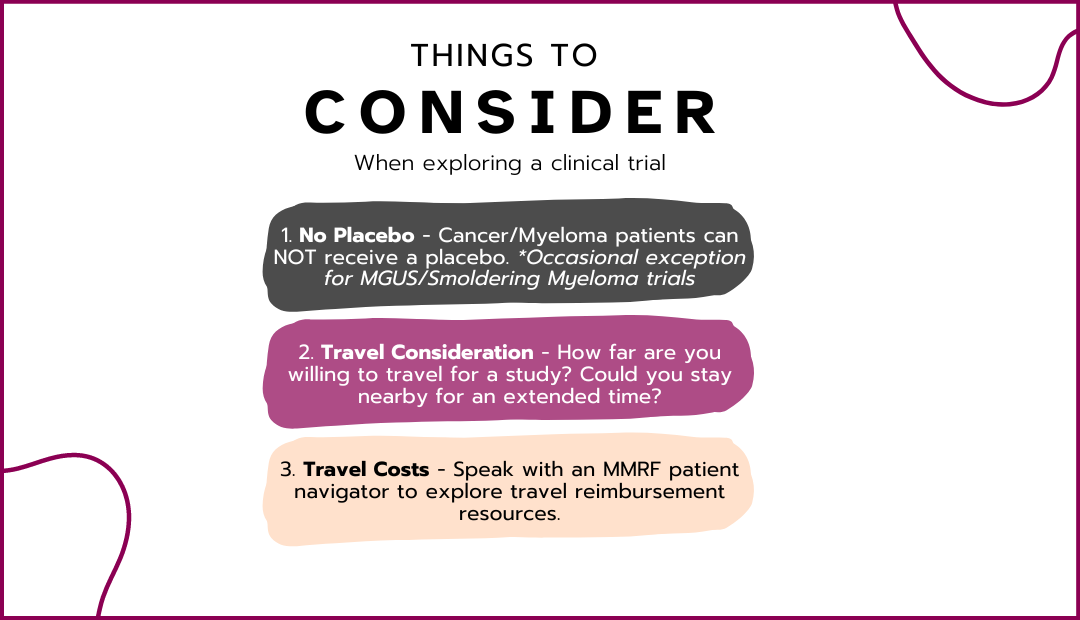Olanzapine 2.5 vs 5 mg in Quadruplet Nausea/Vomiting Prophylaxis Before High-Dose Melphalan
NCT06588413
Age 18 +
Sex Both
Phase Phase 3
Third Opinion Trial Synopsis
In this clinical study, researchers are exploring a new treatment approach for patients with a specific type of blood cancer. The study focuses on a combination of therapies that aim to improve patient outcomes and provide more effective options. Here are some key details about the study:
- The treatment involves a combination of existing therapies that have shown promise in previous research.
- Patients will receive a tailored treatment plan based on their individual health needs and responses to therapy.
- This study is unique because it emphasizes a personalized approach, allowing for adjustments in treatment as patients progress.
- Researchers are looking at how well this combination therapy works compared to standard treatments currently available.
- The study includes a diverse group of participants to ensure the findings are applicable to a wide range of patients.
- Patients will be monitored closely throughout the study to track their progress and any side effects.
- The goal is to find a more effective treatment that can lead to better long-term outcomes for patients.
Third Opinion AI Generated Synopsis
Trial Summary
Patients who receive a chemotherapy called melphalan are at high risk of having nausea and vomiting. A medication called olanzapine has been shown to decrease nausea and vomiting after chemotherapy. A previous research study found the 10 mg dose of olanzapine (combined with 3 standard medications used routinely to prevent nausea/vomiting) to be effective for patients who received melphalan chemotherapy, but several other studies have shown many patients have a side effect of sleepiness (e.g., sedation) with that dose of the medication. Our study will compare two lower doses of olanzapine (5 mg and 2.5 mg) in combination with the 3 standard medications used to prevent nausea/vomiting in the patients who receive melphalan chemotherapy to determine which dose is effective in preventing nausea and vomiting with the lowest amount of sleepiness side effect.
Patients who receive a chemotherapy called melphalan are at high risk of having nausea and vomiting. A medication called olanzapine has been shown to decrease nausea and vomiting after chemotherapy. A previous research study found the 10 mg dose of olanzapine (combined with 3 standard medications used routinely to prevent nausea/vomiting) to be effective for patients who received melphalan chemotherapy, but several other studies have shown many patients have a side effect of sleepiness (e.g., sedation) with that dose of the medication. Our study will compare two lower doses of olanzapine (5 mg and 2.5 mg) in combination with the 3 standard medications used to prevent nausea/vomiting in the patients who receive melphalan chemotherapy to determine which dose is effective in preventing nausea and vomiting with the lowest amount of sleepiness side effect.
from ClinicalTrials.gov
Locations & Contact
Fill out the form and to let the Multiple Myeloma Research Foundation know you are interested in this trial.
Contacts:

